A Beginner’s Guide to Trickle Charging
How often have you wondered about the best way to maintain your device’s battery life?
Isn’t it frustrating when you seldom-used devices lose charge and die exactly when you need them?
Can you do something about it?
Technology has presented us with a unique solution known as ‘trickle charging’— a gentle yet powerful method to keep our batteries charged and ready for action.
Table of Contents
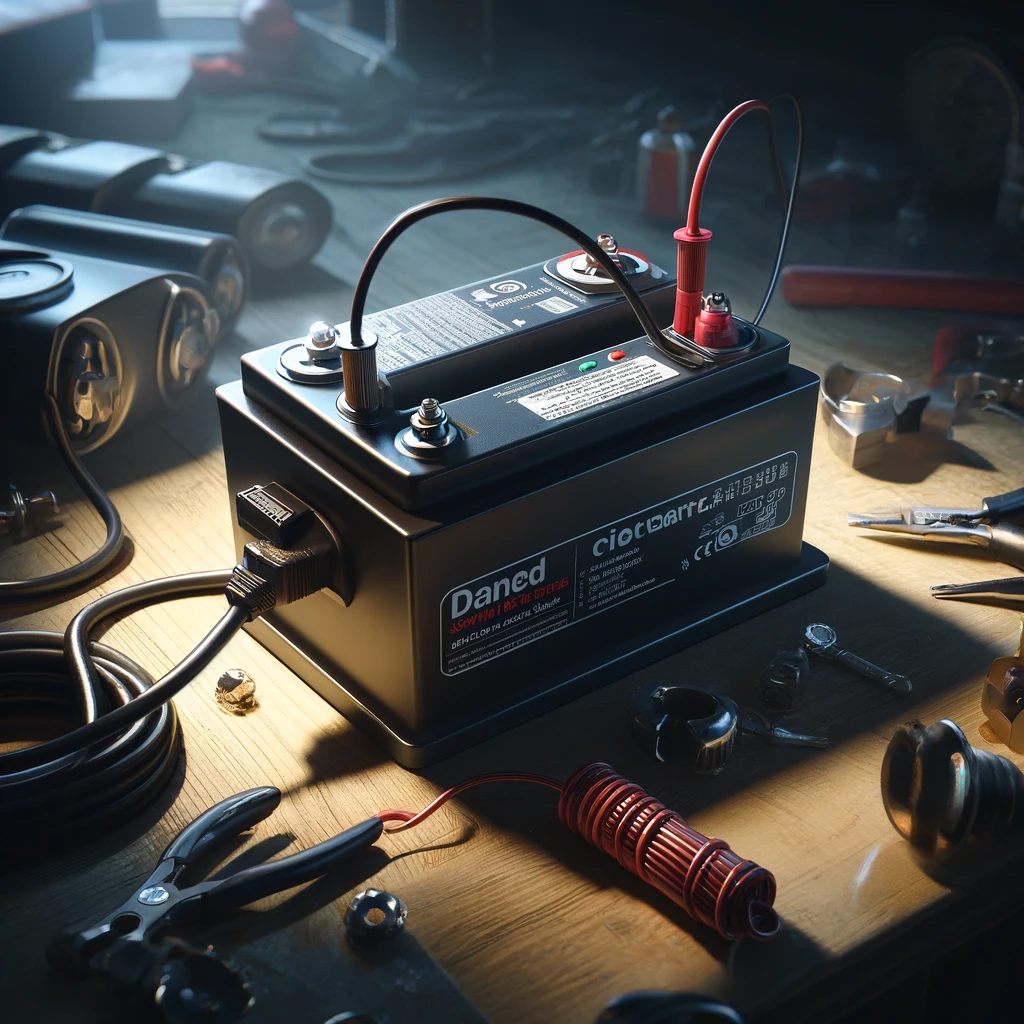
Lifting the Lid off Trickle Charging: Is it Beneficial for Your Battery?
Digging into the Concept of Trickle Charging
Let’s first ask the question, what exactly is trickle charging? Trickle charging is a method designed to keep a battery fully charged by continuously applying a low, steady current. This approach counters the natural discharge that batteries undergo over time, even when not in active use.
How Trickle Charging Works: A Simple Breakdown
Imagine a bucket slowly losing water due to evaporation, and then think of trickle charging as the gentle drip that compensates for the loss, keeping the bucket topped up without spilling over.
The trickle charge applies a small amount of electrical power to the battery at the same rate as the battery’s self-discharge. Thus, the battery stays at peak performance even when it’s not in use.
Is Trickle Charge Good for Your Battery?
Now, let’s answer the main question – Is trickle charge good for your battery? Well, to provide a balanced answer, I’ll group the benefits and points of caution related to trickle charging.
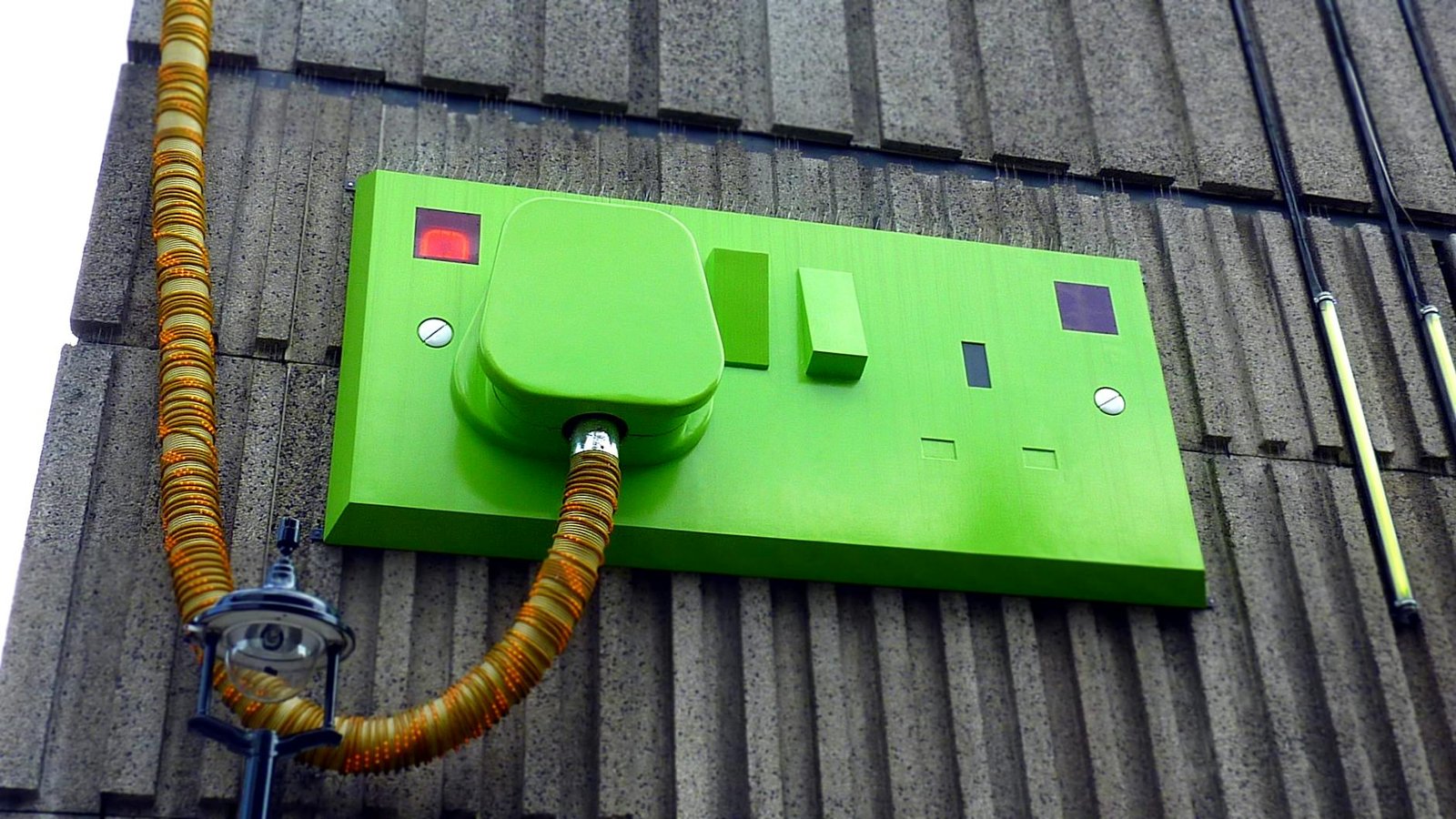
Benefits of Trickle Charging
- An excellent way to maintain battery strength: If a battery is left unused for a long time, it will naturally discharge. Trickle charging is a method of continuously compensating for this loss, ensuring your battery remains at full capacity.
- Increased battery life: Trickle charging can extend the lifespan of your battery. This is because it supports a full charge and reduces the possibility of ‘deep discharging’, which can damage the battery over time.
- Ideal for inactive vehicles: Vehicles like cars, boats, or motorized equipment that aren’t used daily can benefit from trickle charging. This ensures that their battery will be at full power the next time they need to be started.
Points of Caution Regarding Trickle Charging
- Potential for overcharging: Trickle charging must be managed correctly to avoid overcharging, which can lead to decreased battery life or even damage to the battery.
- Not all batteries are suitable: Some modern batteries have built-in processes for maintaining optimum charge. Using a trickle charger for these batteries might be needless, or potentially harmful.
Deciding if Trickle Charging is Right for You
Deciding if trickle charging is good for your battery ultimately depends on the type of battery in question and how often it’s in use.
If your battery is frequently left dormant for extended periods, trickle charging could be a valuable tool. However, if your battery is in daily use, or it’s a modern variant with built-in self-maintenance, trickle charging might not be necessary or could even prove harmful.
Always check your battery’s specifications and consult professionals or user manuals as needed.
So, before jumping on the trickle charging bandwagon, consider your specific requirements and circumstances. It’s always beneficial to get a grasp on the benefits and potential pitfalls.

Unraveling the Knot: Choosing a Trickle Charger
Finding the Right Trickle Charger
Finding the right trickle charger for your particular battery can be a tricky task, especially with the vast number of options available in the market. Here, we’ll delve into the factors you need to consider when choosing a trickle charger.
Types of Trickle Chargers
The main types of trickle chargers include manual and automatic. Manual chargers continuously apply a low current to the battery without any adjustments, while automatic chargers are equipped with an intelligent system that adjusts the current flow based on the battery’s state of charge, minimizing the risk of overcharging.
Taking into account your Battery Type
Remember, not all battery types are suited for trickle charging. Trickle chargers mainly pair well with lead-acid batteries like AGM (Absorbent Glass Mat) and Wet Cell batteries found in cars, motorcycles, boats, and RVs. However, most lithium-ion batteries, typically used in modern electronic gadgets, regulate their charging process and may not be compatible with trickle chargers.
Power Output and Safety
Trickle chargers come in various power outputs, typically ranging from 0.75 to 1.25 Amps. Select the one that’s right for your battery size and type. Moreover, look for safety features like short-circuit, overcharge protection, and flame-resistant materials to ensure safe charging.
Determining When to Use a Trickle Charger
Understanding scenarios where a trickle charger will be beneficial can hugely influence your decision to invest in one.
Long Periods of Battery Inactivity
If the vehicles equipped with the battery are regularly unused for long periods, say a month or more, a trickle charger can become your battery lifespan’s best ally. It will help maintain the battery’s peak performance over unattended periods.
Storage in Cold Weather
In frigid climates, batteries can lose their charge more rapidly, a situation further worsened if the battery is not in regular use. Employing a trickle charger in such conditions can help preserve the battery’s health.
Trickle Charging for Optimum Battery Health
Trickle charging is a dynamic tool for maintaining battery health over long periods of inactivity.
Identifying the correct charger and using it under suitable circumstances will ensure that this method works to your advantage. Just remember to watch out for overcharging and follow proper safety precautions.
In doing so, you can count on your batteries to serve you reliably and efficiently.
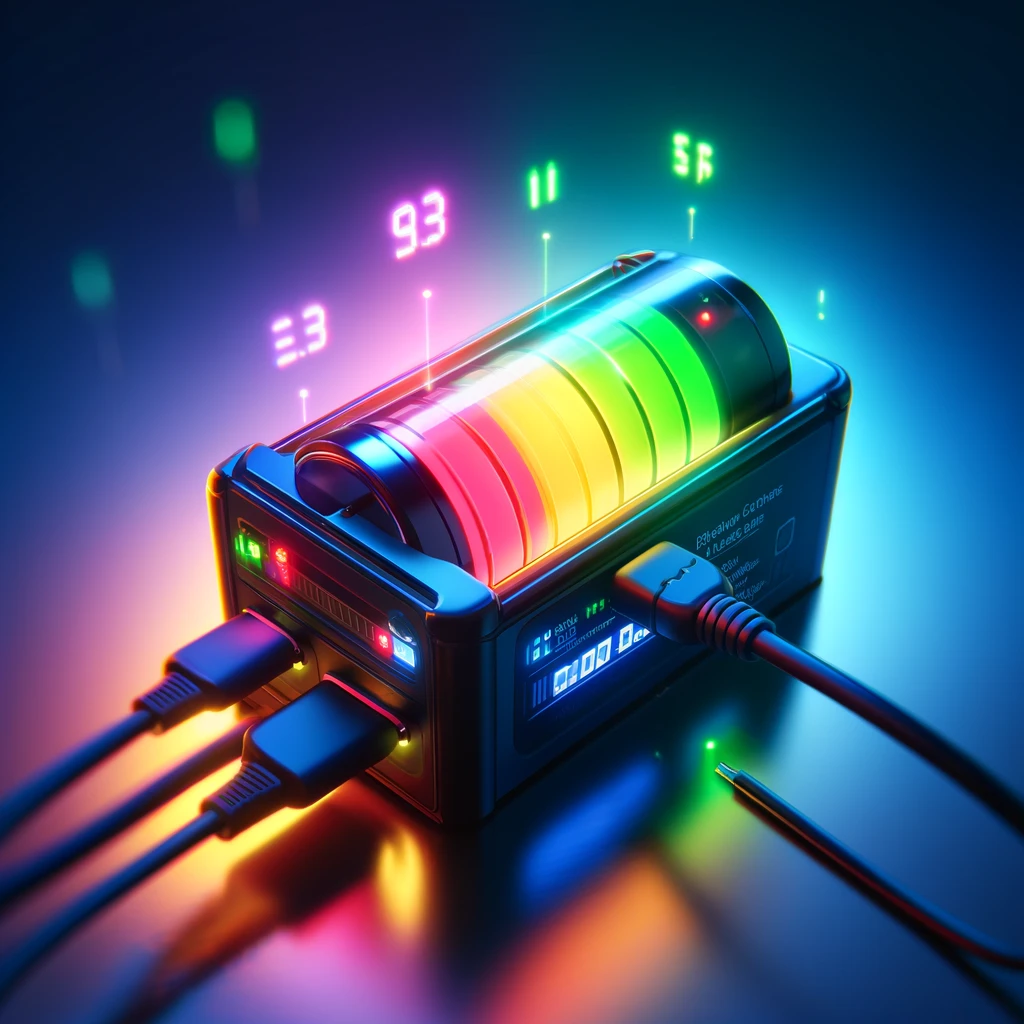
The Right Duration for Trickle Charging Your Battery
The Delicate Balance of Trickle Charging Time
So, we’ve answered “what”, “why”, “when”, and “where”, but haven’t yet tackled the “how long”?
How long should you trickle charge a battery?
This crucial question will be our focus in this section. A balance must be found as trickle charging for too long can lead to overcharging, while insufficient trickle charging may not fully compensate for the battery’s natural discharge.
Considering Battery Type and Size
Just as not all batteries are suitable for trickle charging, not all batteries take the same amount of time to trickle charge.
The required duration for trickle charging primarily depends on the battery type and its capacity.
Larger capacity batteries need longer trickle charge times than smaller ones. Similarly, specific types of batteries, such as wet-cell or AGM batteries, may take longer to trickle charge compared to others.
Reading the Signs
Remember, trickle charging is supposed to maintain the battery at its full charge without overcharging it.
So, the simple answer to “how long?” is – until the battery is full. However, determining this point might not be straightforward for all battery types and chargers.
Automatic trickle chargers that are equipped with an intelligent system will stop the charging process once the battery is fully charged, eliminating the risk of overcharging.
If you’re using a manual charger, you might have to keep an eye on the battery voltage or other signals that indicate a full charge to prevent overcharging.
Understanding Trickle Charge Rates
We’ve discussed that trickle charging involves applying a low continuous current to the battery. But what should that current be, and how does it impact the trickle charging time?
A Common Rule of Thumb
Generally, the charge rate for trickle charging is considered to be about 10% of the battery’s capacity, denoted in milliampere-hours (mAh). If, for example, you have a battery with a capacity of 5000 mAh, a trickle charger with an output of 500 milliamperes (mA) – which is 10% of the battery’s capacity – is typically suitable and can efficiently maintain the battery before it completely discharges.
The Math Behind It
The actual time it takes to trickle charge a battery is primarily the battery’s capacity divided by the charger’s current. For instance, if a 5000 mAh battery is serviced by a 500 mA trickle charger, the calculation would be 5000mAh ÷ 500mA = 10 hours for a full charge from complete discharge state.
This calculation assumes the battery is completely discharged, which typically isn’t the case with trickle charging. Therefore, the actual trickle charging time will often be less. This also means that attempting to determine an accurate trickle charging timeline is tricky as the battery’s initial state of charge is usually unknown.
Monitoring Trickle Charging: Staying on the Safe Side
One final and crucial element of trickle charging we must tackle is safety. It is vitally important to periodically check on your battery while it’s being trickle charged.
Risks Involved in Trickle Charging
Although trickle charging, when done right, can improve your battery’s life and performance, it also carries inherent risks. Overcharging is an obvious concern, as it can not only reduce battery efficiency but also potentially cause overheating, leakage, or other physical damage to the battery.
Adopting Good Habits
When trickle charging your battery, consider taking the following steps to ensure safety and effectiveness:
- Always read your battery and charger’s user manual to understand their specifications and proper operation guidelines.
- Keep the charging area well-ventilated to prevent heat buildup.
- Routinely check the battery and charger during the charging process to monitor their condition and temperature.
- Try to use a charger with an automatic cutoff feature to prevent overcharging.
As a rule of thumb, it’s always best to be safe than sorry when it comes to managing your batteries. Trickle charging can be a great tool for battery maintenance and longevity, provided it’s used correctly and safely. So, devote time to understanding your particular battery and charger before plunging into the process.
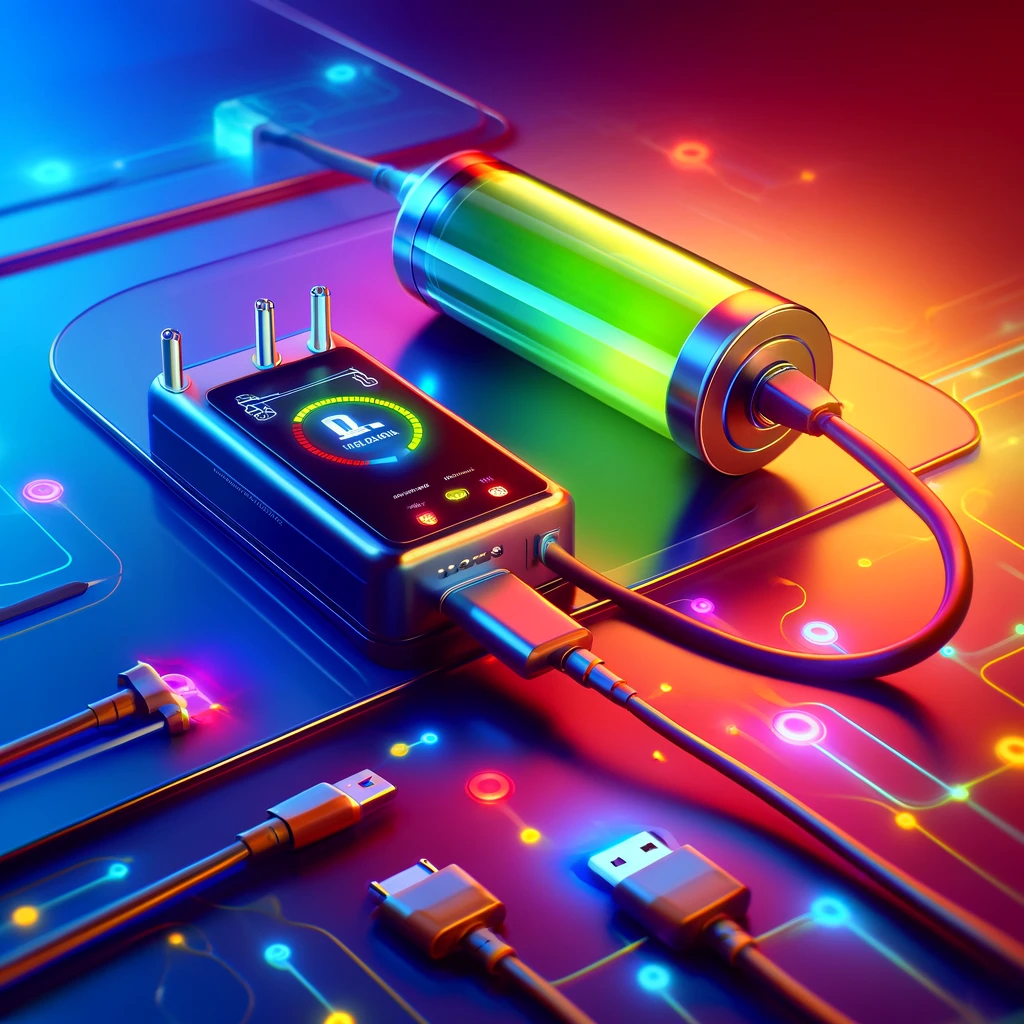
Polishing the Practice: Optimizing Trickle Charging
Making the Most of Trickle Charging
Making trickle charging effectively work for your battery involves more than just connecting the charger. Let’s uncover a few key strategies to optimize trickle charging and make it even more beneficial for your battery.
Battery Maintenance
Trickle charging complements battery maintenance, but it’s not a replacement. Cleaning your battery terminals and checking for physical damage or signs of wear can better guarantee a successful trickle charge. A clean, undamaged battery is more likely to charge fully and efficiently.
Seasonal Usage
Trickle chargers can be particularly useful in the “off-season” for vehicles or equipment that aren’t in year-round use. Plugging in the trickle charger when you store your boat for the winter, for instance, will ensure your battery is charged and ready to go when you pull it out in the spring.
Ensuring Proper Setup
Ensure you’ve set up your charger correctly by aligning the charger and battery’s voltage specifications.
Long-Term Effects of Trickle Charging
Used properly, trickle charging has the potential to extend your battery’s lifespan significantly. Let’s delve deeper into this promise.
Preventing Deep Discharge
Habitual deep discharges, where a battery’s charge level drops significantly low before it’s recharged, can shorten the lifespan of many batteries. By maintaining a fully charged state, trickle charging can effectively prevent deep discharging, thus prolonging battery life.
Decreasing Sulphation
Batteries, primarily lead-acid types, may undergo sulphation if they are kept at a low charge for an extended period. Sulphation can reduce the battery’s overall capacity and longevity. Trickle charging helps keep batteries at an optimum charge level, greatly reducing the risk of sulphation.
Improving Efficiency
Trickle charging also has the potential to improve the battery’s efficiency. By regularly topping off the charge, the battery can maintain greater overall energy storage capacity, leading to more efficient use of power over time.
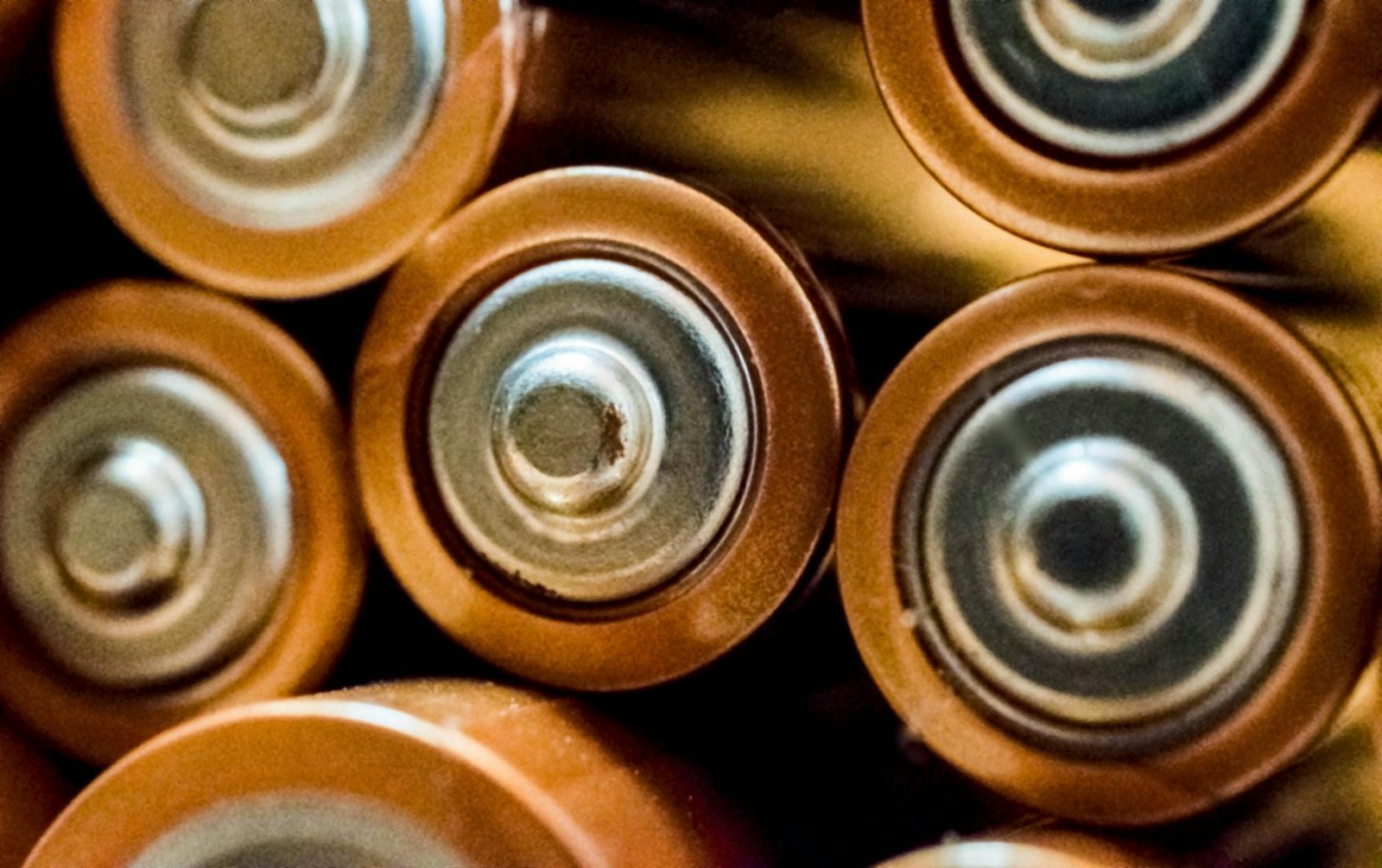
Shedding Light: Frequently Asked Questions about Trickle Charging
A Quick Round of Questions
Now that we’ve explored the trickle charging concept, let’s address some common questions that might still be lingering.
Can I leave a trickle charger on forever?
While some chargers may be safe to leave connected indefinitely, it’s generally a good practice to disconnect the charger once the battery is fully charged to prevent the risk of overcharging. For this reason, many people prefer automatic trickle chargers, which automatically shut off when the battery is fully charged.
Does a trickle charger bring a dead battery back to life?
Trickle chargers are not designed to bring a completely dead battery back to life. They are intended to maintain a battery in a fully charged state. If your battery has a zero charge, you’ll need a traditional charger or a jump start to bring it back up first, after which a trickle charger can help keep it topped off.
Can you trickle charge a battery while it’s connected?
Yes, you can charge a battery while it’s connected. However, charging while connected isn’t always recommended because the electrical systems in some vehicles or equipment may be sensitive to the fluctuations in current that can occur while charging.
Embracing the Trickle Charge Revolution
Trickle charging is an invaluable tool in your battery maintenance toolkit. It’s not a one-size-fits-all solution, but if used judiciously, it can effectively manage and extend the life of your batteries. Understanding its workings, benefits, and pitfalls will empower you to harness its full potential.
Final Thoughts on Trickle Charging
Understanding the implications of trickle charging is vital if you’re considering it for your battery.
Just like each battery is unique, the necessity and impact of trickle charging will vary from battery to battery.
For batteries that often lay unused, it can be a practical way of maintaining charge and expanding lifespan.
However, it may not be needed, or could even harm, daily use batteries or those with built-in charge regulation.
Therefore, it’s crucial to assess your unique situation and examine your battery’s specifications to decide if trickle charging is the right choice. Gaining insights into both its advantages and drawbacks will allow you to make power-packed decisions that can optimize battery performance and longevity.






